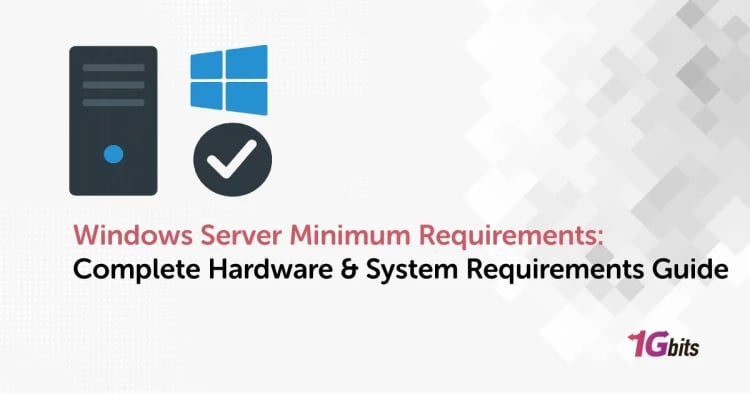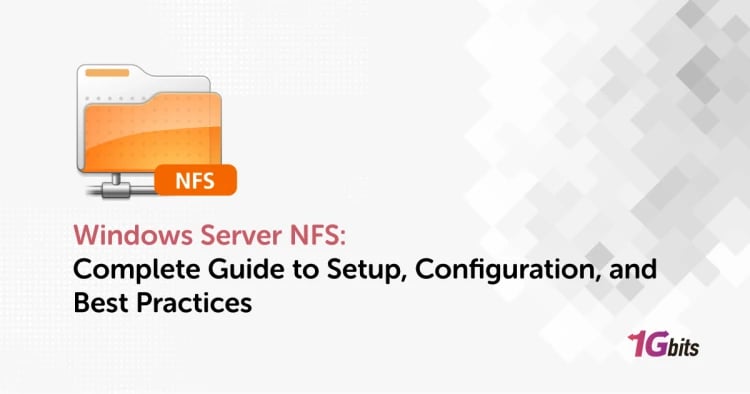From a user's point of view, sending an email is pretty simple. After all, you just have to write out your email and hit send, right? In reality, sending an email is more complex than it seems. Behind the scene, an elaborate system works to drive emails from you to your recipient. When you click "Send," your email client has to connect to the server. So what is SMTP, and how it is related to email? An email server is designated to deal with emails, hence SMTP.
SMTP is short for Simple Mail Transfer Protocol. This is an application or server responsible for sending emails. An SMTP server follows SMTP and its function is to receive emails from email clients. Once this occurs, it passes the emails down to a similar server and then relays them to incoming mail servers. Simple Mail Transfer Protocol is the one that drives email flow online. In simple terms, STMP is almost the online equivalent of a postman.
The Importance of SMTP server
What is SMTP server? SMTP servers reliably and securely deliver transactional and bulk messages. Without this server, your emails would never make it to their destinations in the proper form. When you write your email and hit the "Send" button, it is transformed into a code string. Subsequently, this goes to the SMTP server. Here, the code is processed, and then the message is transmitted. If the SMTP server were absent, your message would, without any doubt, be lost in translation. We also suggest you read the Best Linux mail servers article.
Besides the advantage mentioned above, there are several other benefits to STMP servers. Below are some of the benefits of these servers;
- SMTP servers provide a secure environment for sending your emails. They achieve this by verifying that the outgoing emails are from an active account. That makes them the first safeguard for protecting your email inbox from illegitimate emails.
- Emails sent have minimal chances of landing in a user's spam folder.
- Your SMTP server will send back emails to you if the message cannot be delivered. Hence, you can determine whether you entered the wrong email address or if the receiver's server blocks your email.
- SMTP servers offer fast, customizable email integration.
- With a good SMTP server provider, you can receive real-time analytics, making it possible to track your emails.
How to configure your SMTP server
To set up any mail client, you need to configure an SMTP server to ensure the delivery of your emails. Fortunately, it is relatively easy to configure an SMTP server. You'll just have to go to your email, then add the correct SMTP parameters in "Settings." Most people use standard SMTP, affiliated with free mail providers like Gmail (Google SMTP) and Hotmail.
This SMTP type does not always ensure that your messages are delivered correctly, mainly if you send to many recipients. If you lack advanced computer skills and don't have the time to set up your own server, you could opt to get a professional service. However, as mentioned previously, the procedure is not complicated.
If you want to hack it yourself, below is the standard SMTP configuration procedure:
- Click on "Account Settings" in the mail client. You'll find this in the "Tools" menu.
- Next, select voice "Outgoing server (SMTP)."
- Choose the "Add…" button to set up a new SMTP.
- You will see a popup window, and the next step is to fill the voices that appear as instructed below:
- Description: This is the informal name you'll use to identify your server. You are better off using your email provider.
- Server Name: The server name is the actual SMTP server specification. You'll find this by consulting your provider's website page or searching through a list of server SMTP and POP.
- Connection security: An SMTP email transfer doesn't provide encryption on its own. Therefore, if you are keen on securing your connection further, it is advisable to start using an SSL/TLS or STARTTLS extension which employs a different port to encrypt communication.
- Port: The default STMP port typically works with port 25 but can also work with port 587.
- User Name: enter your email address.
- Authentication method: There are different methods, including passwords, CRAM-MD5, and KERBEROS.
How to find your server's SMTP information
Sometimes, you may have to input additional details in your "Advanced Options" section when connecting to your inbox. If this happens, you can always request to get your SMTP server info from IT. You could also follow these steps to find out this information from your email client:
1. SMTP Outlook for PC
- Go to Outlook on your PC, click on "File," and proceed to Account Settings."
- Double-click on the account you intend to connect to in "Email."
- You will find the outgoing mail server (SMTP) name alongside the incoming mail server (IMAP) name right under "Server Information."
- To find the port for your SMTP server, select "More settings…" then go to "Advanced."
2. Apple Mail for Mac desktop
- Go to your Mac toolbar and select "Mail." Click on "Preferences" on the dropdown menu that appears.
- Choose the account you want to connect to from the sidebar appearing left on your screen.
- Click on "Account Information"
- Find the field that reads "Outgoing Mail Server." It might be necessary to use your dropdown menu to choose "Edit SMTP server list" and view your SMTP server name. You'll also find the SMTP port in this location.
3. Outlook for Mac
- Navigate to your Mac toolbar and select "Outlook."
- Click on "Preferences" followed by "Accounts."
- Go to the left sidebar and select the account you want to connect to.
- Look for the "Incoming server" field, and some text boxes will appear. The one toward the right of the monitor is the SMTP port, while the longer one is the name.
Takeaway
There are several genuine free, open-source SMTP servers available today. Moreover, most of the paid servers offer free trials. That means that you can try out different servers before settling on the one that meets your requirements. We hope that we managed to answer the question of what is SMTP during this short tutorial. If you are a larger organization that sends hundreds or thousands of bulk emails, you should consider getting a quality paid SMTP service.
People also read:










